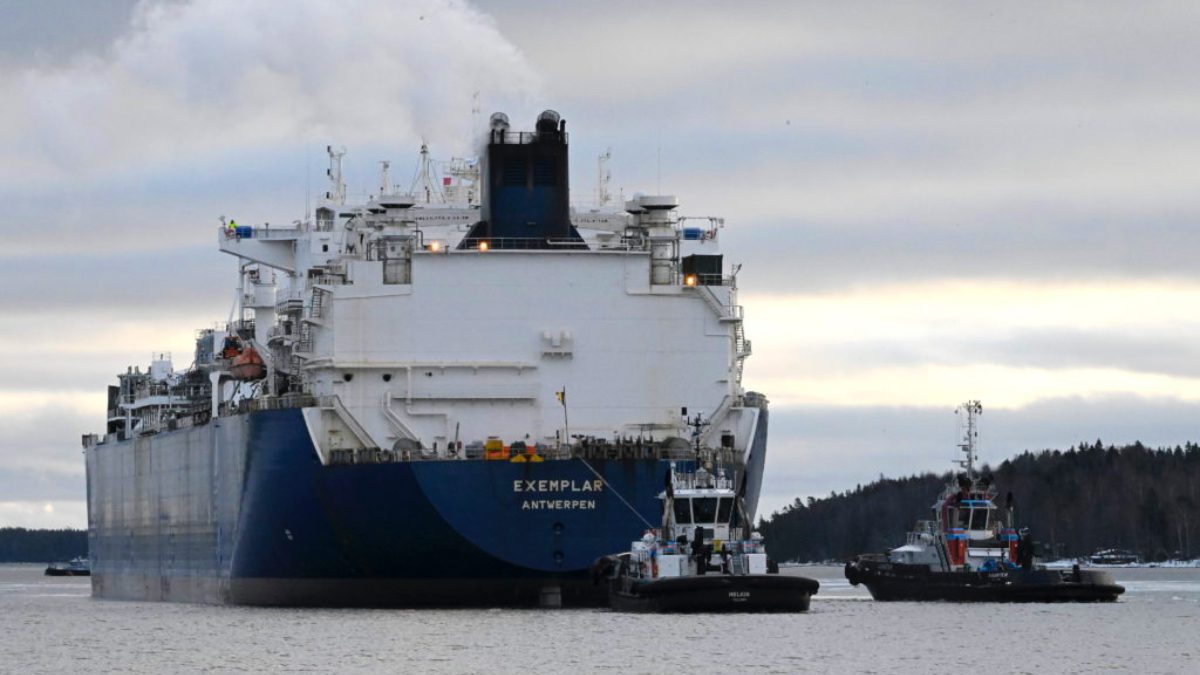Propelled by fast-tracked floating storage and regasification unit (FSRU) projects, LNG import capacity in the EU and UK will grow by more than one-third by end of 2024
Backed by billions of dollars in investment in new and existing LNG receiving terminals, the EU and UK will grow their import capacity by 6.8 billion cubic feet per day (bcfd) by the end of 2024, according to data shared by the US Energy Information Administration (EIA). Investment in LNG import terminals in Europe has been prompted by region’s pivot from Russian natural gas pipeline supplies following the onset of the Ukraine war in February 2022.
Plans call for about 5.3 bcfd to be added by the end of 2023, and another 1.5 bcfd by the end of 2024. As a result, new LNG regasification capacity added in Europe will grow by 34% compared with 2021, according to EIA.
This sharp rise in terminal investment is in stark contrast with the previous 10 years, which showed LNG regasification capacity in the EU and the UK grew at a modest 2.8 bcfd (16%), from 17.5 bcfd in 2012 to 20.2 bcfd at the end of 2021, according to data from the International Group of Liquefied Natural Gas Importers (GIIGNL).
FSRU technology has played a vital role in quickly ramping up import capacity. Between January and November 2022, an estimated 1.7 bcfd of new and expanded LNG regasification capacity was added in Poland, Italy, the Netherlands, Finland, and Germany, said the EIA.
In the Netherlands, the first LNG cargo was received at the new EemsEnergy terminal in the Netherlands in September 2022. The terminal consists of two FSRU vessels, Golar Igloo and Eemshaven LNG, with a total capacity of 0.8 bcfd. Gas infrastructure company Gasunie has invested some €500M (US$532M) in the project, and is investigating options to further expand LNG import capacity to the Netherlands.
At Wilhelmshaven, Germany, the FSRU Hoegh Esperanza, with a capacity of 0.7 bcfd, officially opened in mid-December.
Exemplar arrives in Finland
On 28 December, Gasgrid Finland reported the FSRU Exemplar, with a regasification capacity of 0.5 bcfd, was anchored at the Port of Inkoo in Finland.
“The floating terminal vessel turned out to be the fastest and most effective solution to phase out dependency on Russian gas in Finland and to ensure the continuity of gas supplies in Finland in different scenarios far into the future,” said the state-owned gas transmission company in a press statement. Work in preparation for the floating terminal began in August 2022.
Exemplar has an overall length of 291 m and beam of 43 m, and when fully laden holds around 68,000 tonnes of LNG. The project will also enable gas deliveries to the Baltic states and even to Poland through the Balticconnector pipeline. Exemplar is being chartered to Gasgrid Finland by US-based Excelerate Energy for 10 years at a total cost of €460M (US$490M).
The FSRU terminal is being jointly developed by Finland and Estonia, with the first gas deliveries by mid-January 2023.
By the end of 2023, LNG regasification terminals that are currently under construction in Germany, Poland, France, Finland, Estonia, Italy, and Greece will add 3.5 bcfd of new capacity. These include three German FSRU terminals with a combined regasification capacity of 1.4 bcfd are being developed at Lubmin, Brunsbuttel, and Wilhelmshaven.
In Poland, an upgrade of an existing LNG regasification terminal at Swinoujscie will increase total capacity to 0.8 bcfd.
At Le Havre, France, the FSRU Cape Anne, with a capacity 0.4 bcfd, is expected to start operations in H2 2023.
In Greece, an FSRU vessel (capacity 0.5 bcfd) at Port of Alexandroupolis is expected to be operational the end of 2023.
Italy is targeting H1 2023 to open a new FSRU terminal near the Port of Piombino with a capacity of 0.5 bcfd.






